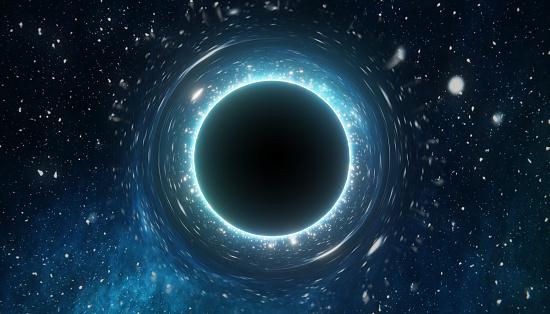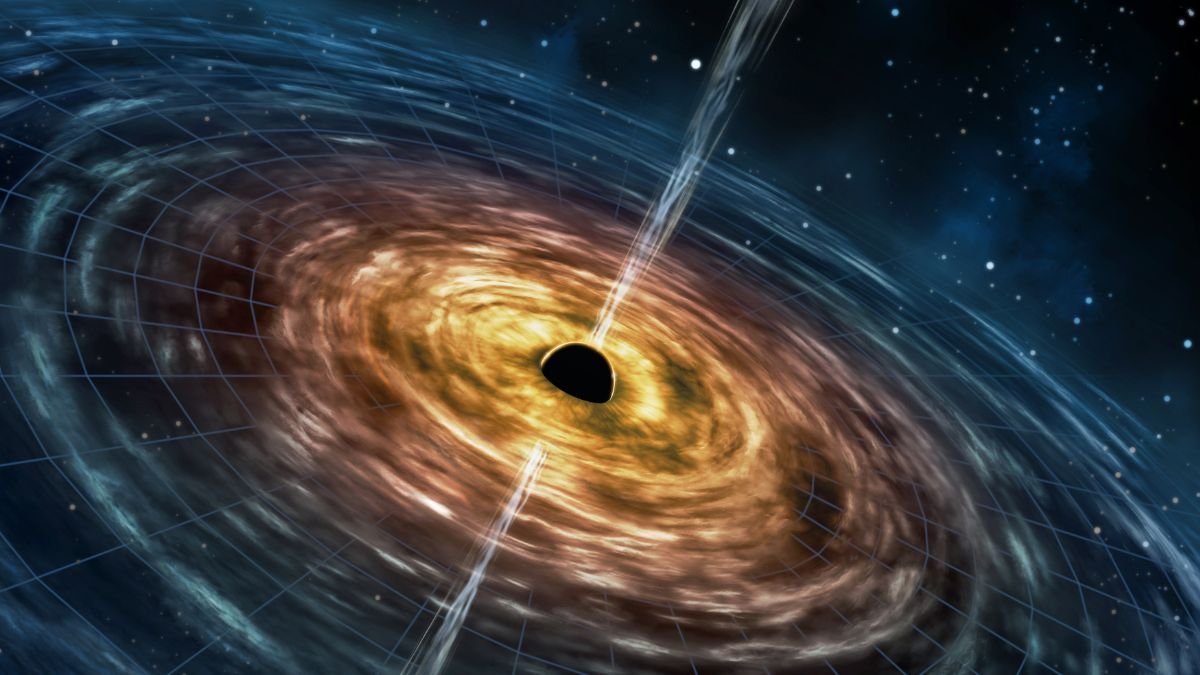Black holes are undoubtedly one of the greatest mysteries in the entire universe. From the most common consequences of a star’s death, to supermassive ones, to the centers of gravity of the entire galaxy, there is still much to discover about them and their impact on the cosmos.
A recent study from Tianjin University in China opened a new horizon: Black holes can be used as energy sources. More specifically, we are talking about very small structures that can produce nuclear energy.
The study was led by researchers at the university, Zhan-Feng Mai and Run-Qiu Yang. According to them, Very Small Black Holes Could Work as Rechargeable Nuclear Batteriessomething that could result in a new energy matrix for humanity.
In reality, all this energy will not be fully captured within themselves, but around them, where there is the strongest type of gravity in the universe.
“Considering that the black hole has an extremely strong gravitational force, an interesting question arises. Can we, at least theoretically, use the gravitational force of black holes to produce electrical energy? Is it possible to use black holes as batteries?” “, the authors in the article wrote.
Primordial black holes
Black holes are everywhere in the universe, although they are not so simple to find. Today we have the idea that some of them can reach billions of times the mass of the Sun, which is beyond our understanding.
However, there is a class of black holes that are not very well known to the public but are central to Chinese research: primitive black holes that can exist even in subatomic dimensions.

While conventional massive black holes would form from the collapsed cores of dead stars, primordial black holes would form from extreme concentrations of the primordial plasma that filled the Universe after the Big Bang.
It is not yet known whether these black holes actually exist, but studies show that this possibility exists, at least theoretically. Therefore, although promising and very interesting, Chinese research still lacks confirmation of the existence of these structures. Another challenge would be to place energy conversion structures near black holes without the black holes being immediately attracted to them.
Mai and Yang discovered that they could refuel a primordial black hole above a certain mass to produce electrical energy. An atomic-sized black hole with a mass between 1,015 and 1,018 tons should be able to produce this energy when bombarded with charged particles.
The efficiency scientists calculate for energy conversion would be about 25% of the input mass of an alpha particle; This is higher than conventional solar panels, which have an efficiency of close to 23%. They will also have conversion capacity close to that of a nuclear reactor.
Energy production from a primordial black hole is probably not something we will see in practice. However, the study may be fundamental supporting new theories of dark matter in addition to other models of energy production in space for the future.
Did you like this content? How about learning a little more about the universe? So enjoy getting to know the most distant black hole NASA has ever found!
Source: Tec Mundo
I’m Blaine Morgan, an experienced journalist and writer with over 8 years of experience in the tech industry. My expertise lies in writing about technology news and trends, covering everything from cutting-edge gadgets to emerging software developments. I’ve written for several leading publications including Gadget Onus where I am an author.













